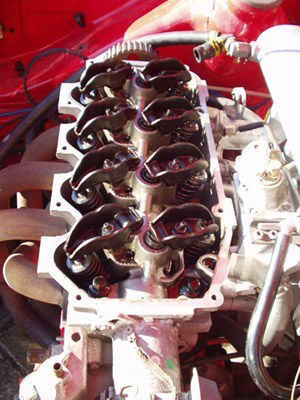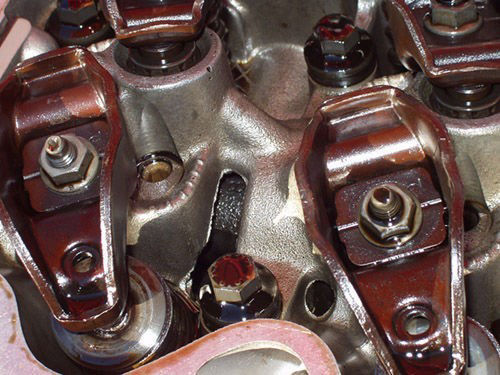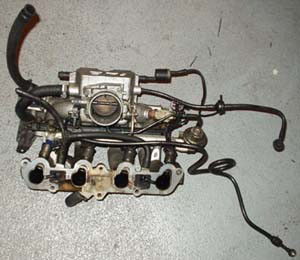The last year of mk4 Escort XR3i production saw the adoption of the EEC IV engine management system. Despite being named as EEC IV, it was actually the first production version, the previous three versions being development models. It was a bit rudimentary compared to todays systems with a separate ignition module but it still achieves the same end result. With after market remapping it has the capacity to be more tuneable than the Bosch K-jet system it replaced to get the best out of any engine modifications. Retro-fitment to a mk3 is possible but even if you do manage to find a donor car you will require so much from it (including fuel tank that requires its own mods) that for the end result it is a mammoth task that is just not worth it. You won't gain any extra power and it was criticised in its day for suffering flat spots. For the effort, just fit a Zetec.






